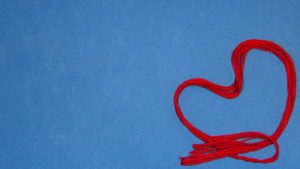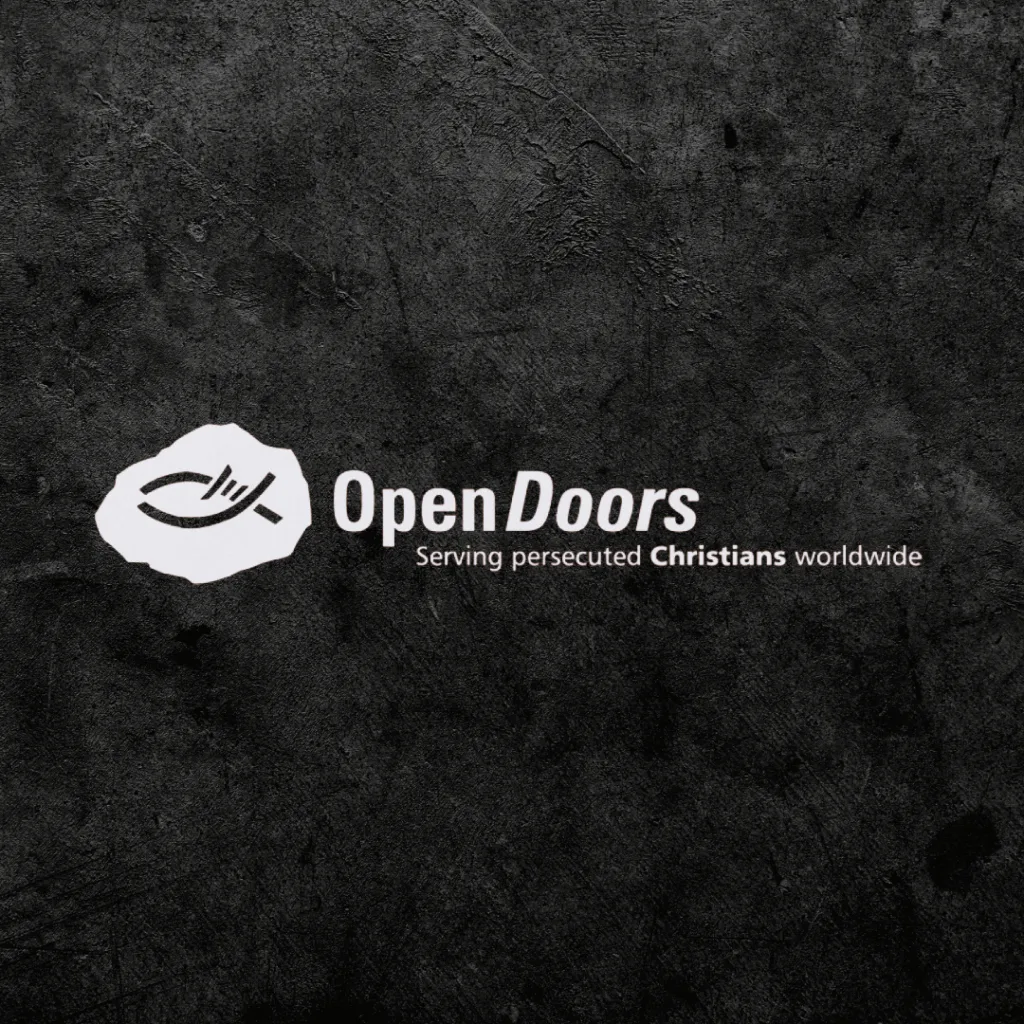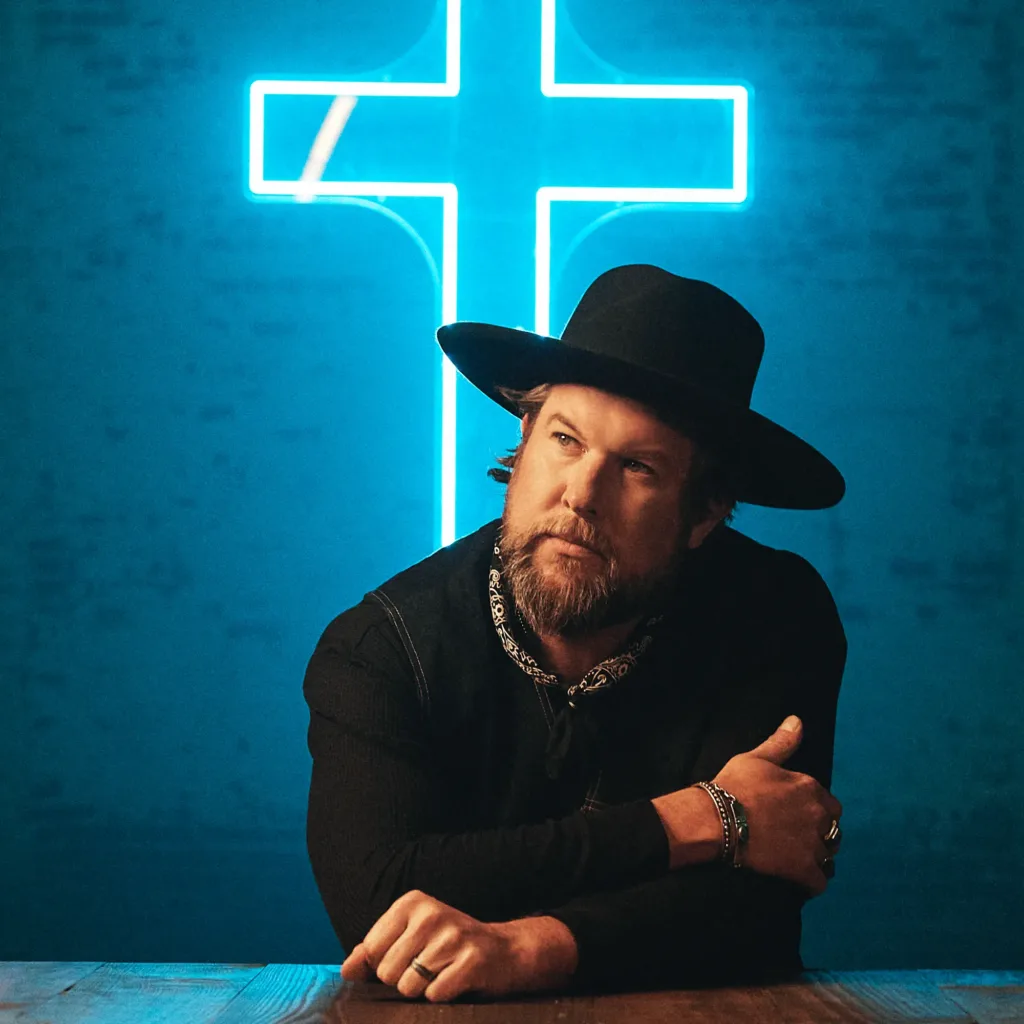How much more will the blood of Christ, who through the eternal Spirit offered Himself without blemish to God, cleanse your conscience from dead works to serve the living God?
– Hebrews 9:14
Two spies lay hidden in darkness as the king’s men searched for them in the night.
Word of their presence in the city had reached the king of Jericho, and soon his men were at the door. The prostitute who lived there saved the men’s lives, but not before securing a promise from them to spare her and her family when they returned with Israel’s army to conquer the city.
Before being lowered out of her window to safety, the men gave her a piece of scarlet cord. They instructed her to gather her family together in the house on the day of their return and hang the scarlet cord in the same window. Since her house sat on the wall of the city, the cord would be seen, and her house spared. Rahab obeyed, and her faith saved her entire family from destruction by God on the day the city fell.
The scarlet cord seems like such a small detail in the account of the fall of Jericho, yet it depicts a theme woven throughout the Scriptures.
In Leviticus 14:4-6, the ceremonial cleansing of a person healed of leprosy included dipping a scarlet thread and cedar and hyssop seven times in the blood of a sacrificial bird and sprinkling it on him. A live bird was also dipped in the blood and released, symbolizing the person’s release from bondage to uncleanness. This person was now free to worship and fellowship with others, a beautiful symbol of our release from sin.
Moses and Aaron were commanded to burn cedar wood, hyssop, and scarlet material along with the red heifer to produce the ashes needed for Israel’s purification from sin, as outlined in Numbers 19:1-9.
The blood of animals and red thread can never make us clean from our sins.
But these Old Testament symbols spoke of the greater sacrifice to come. Genesis 38:27-30 relates the account of the twins born to Judah by his daughter-in-law, Tamar. Because birthright belonged to the firstborn, a scarlet thread was tied on the arm of the infant Zerah as he began to emerge from the womb. But he withdrew his arm and the other son emerged first. This son was named Perez, or “breach,” because his birth caused a division between the two of them.
Jesus, a descendent of Perez, was declared the Son of God at His first coming. We are told in Scriptures He is the second Adam, the first having lost his birthright by sin. His birth created a breach in humanity. But for all who hang the scarlet thread of salvation in the window of their souls will be saved.
Zerah means “dawning” or “brightness.” At the birth of John the Baptist, his father Zacharias prophesied about him and the One before whom he came:
To give His people knowledge of salvation through the forgiveness of their sins.
Because of our God’s merciful compassion, the Dawn from on high will visit us
to shine on those who live in darkness and the shadow of death,
to guide our feet into the way of peace.
– Luke 1:77-79 (Holman Christian Standard Bible)
In the sacrifice and resurrection of Jesus Christ, all who accept God have seen a new dawn and will shine in the kingdom of our Lord. (Matthew 13:58)
In the poetic verse of Song of Solomon 4:3, the bridegroom tells this to his bride: Your lips are like a scarlet thread, and your mouth is lovely. If the scarlet thread is symbolic of redemption, this verse speaks to the beauty of those who proclaim His salvation and testify to His redemption in their lives.
And how can they preach unless they are sent? As it is written: How beautiful are the feet of those who announce the gospel of good things!
– Romans 10:15 (Holman Christian Standard Bible)





















Leave a Reply